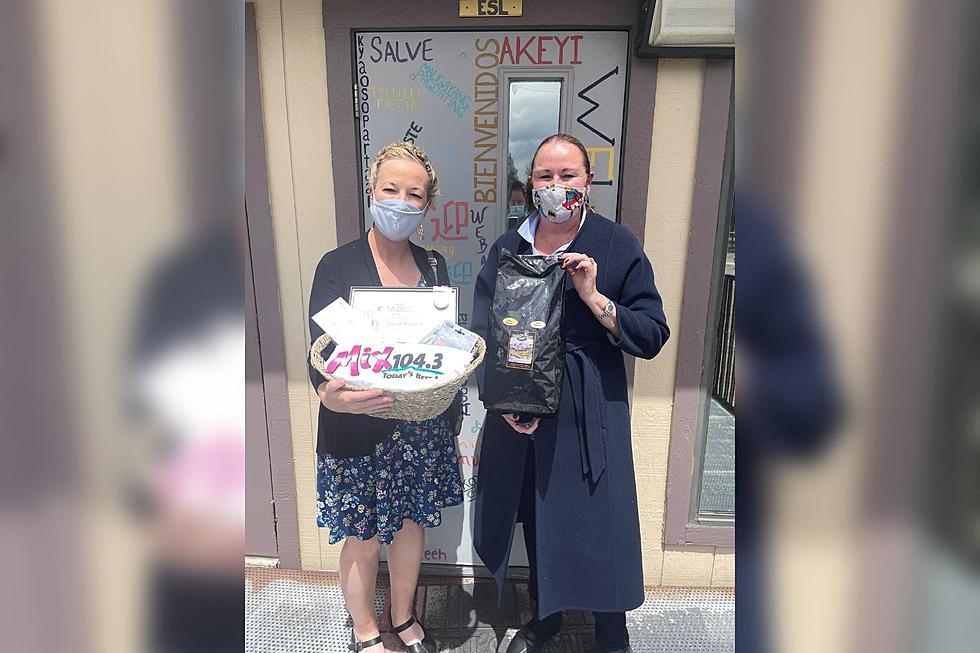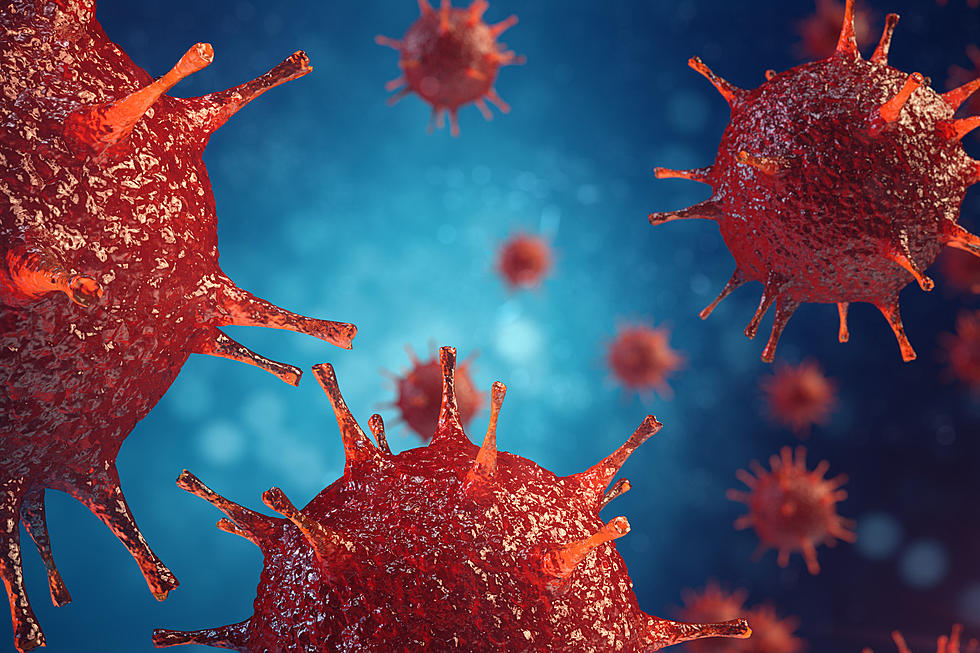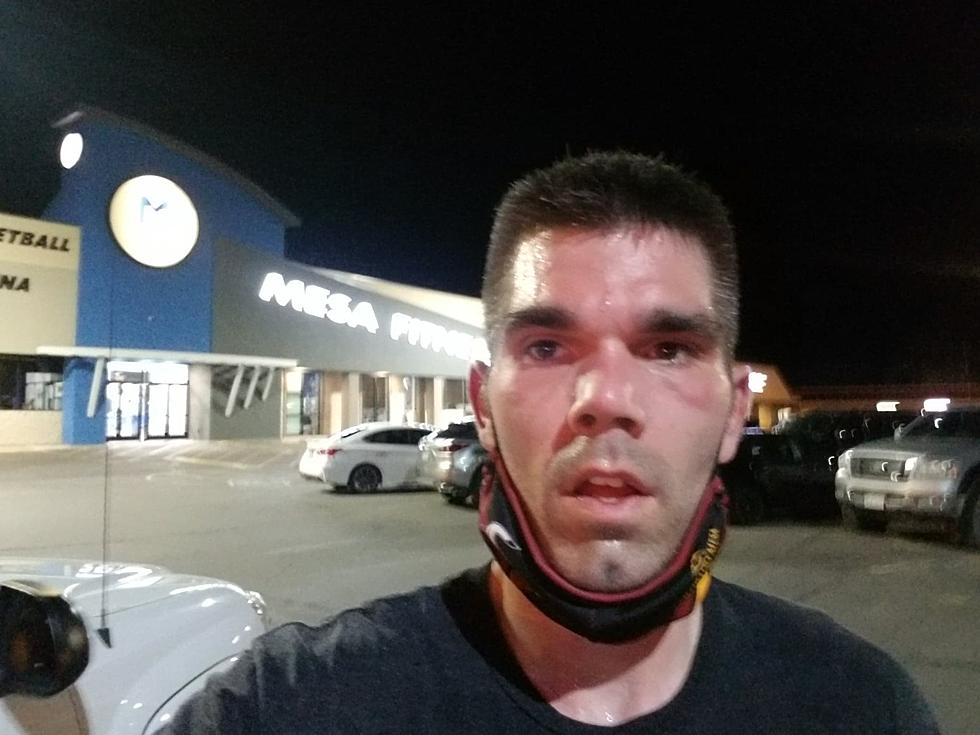
Week 4 – GJ Citizen’s Academy – EMS
I have decided to take the 2013 Spring Grand Junction Citizen’s Academy and share with you a little of what I learn. The Citizen’s Academy is free and open to anyone who is interested in finding out firsthand how our first responder systems work. I will be writing a short article about what we do week by week for the 16 classes. This week we learned how the Grand Junction Fire Department made the move from just fighting fires to also being the primary Emergency Medical Services provider in Grand Junction and surrounding areas.
The fire departments of the United States of America were created when cities began to get larger, and with more buildings closer together the damage caused by a single fire also became larger. Most of us have heard of the Great Chicago fire of 1871 that burned 3.3 square miles of property in Chicago. For this reason, even smaller towns created mostly volunteer fire departments that would go out to help stop the spread of fire. With the addition of motorized vehicles to the fire departments, they began to get called out for more than just fires. Back in those days, doctors mostly made house calls, but if the doctor could not be reached, the fire department was called. In the early days, they mostly just transported people to the local hospital for care. On January 1, 1969 the GJFD started charging for transport calls in the area because there were so many of them. The original ambulances were just old fire trucks with a box bolted on the back. The Firefighters had only very basic first aid training, much different from today.
In 1972, we were all watching John, Roy, Dixie and Joe on “Emergency!” weekly on our television sets. It was during this time the firefighters were being trained as Paramedics. A paramedic is a healthcare professional who works in emergency medical situations. Paramedics provide advanced levels of care for medical emergencies and trauma. This gives the fire department the ability to not just transport people to the hospital, but to care for them along the way. This means that once the injured person arrives at the hospital, they are already a few steps ahead in their care, making it possible for emergency room doctors and nurses to immediately move ahead in treating the life or death issues because the IV’s have been started, making medicines easier to administer, and their basic stats have all been recorded. In many instances this is the difference between life and death. The Grand Junction Fire Department is proud to have saved the lives of 12 people who were “dead” of cardiac arrest when they arrived and are out living normal lives today because of the quick care given to them by the Emergency Medical Services of the GJFD and St. Mary’s Hospital.
The care offered by the first responders on the GJFD comes with a lot of work and money. The Firefighter/Paramedics must attend hundreds of hours of training and are certified by the State of Colorado to do their job. What they can and cannot do is also regulated by the state. They also have to learn how to use all of the newer equipment that the city provides to them. The cost of equipment is also a big factor. A new Ambulance with basic equipment costs about $276,000. A stretcher inside that ambulance is about $12,000 and the 12 lead cardiac monitor that helps them save the life of a person having a heart attack costs about $28,000. The department is also prepared to save lives without an ambulance being present. The department’s engines also carry paramedics and all of the equipment needed to attend to an Emergency Medical Call if needed. All of this is in place to provide you with the best possible medical care in any type of an emergency.
During this week’s class we were also shown how the department organizes the all of the EMS care bags, so that everything is where it needs to be and even in the dark a paramedic can find what they need, when they need it. We were shown and allowed to use some of the basic tools used to respirate a person who is not breathing, and it was proven that I have a heart, as I was hooked up to the heart monitor and my basic vitals were taken. They offered to shock me too, and if it was by popular vote, they would have!
Next week we will be hearing from the Police Department’s Criminal Investigation Division on how they approach and process a crime scene and what tools they have to help them solve crimes here in Grand Junction.
OH, This story has a P.S. As I was heading home I was passed by an engine with lights and sirens on (Code II) that turned onto Grand at 7th. It was met by an ambulance at the Rite Aid at First and Grand, which was followed by the guys that were teaching our class. The call was a man down at First and Ouray. This gentleman was treated by 8 paramedics. It took them less than 4 minutes to get there and about that same time to check him out and load him up to go. We are in really great shape in Mesa County.
More From Kool 107.9

![Classic PFM: Peyton Poses as Intern for Denver Broncos [Video]](http://townsquare.media/site/49/files/2021/05/Peyton.jpg?w=980&q=75)







